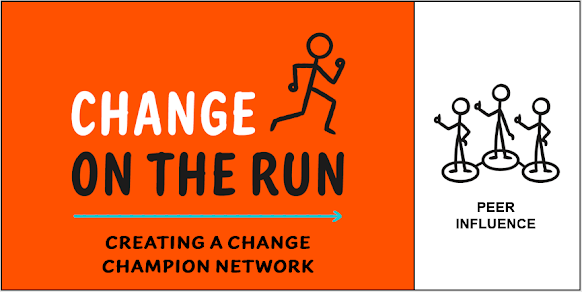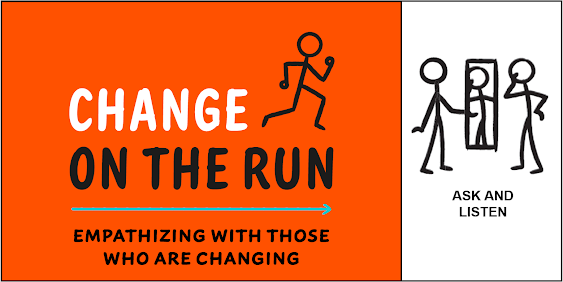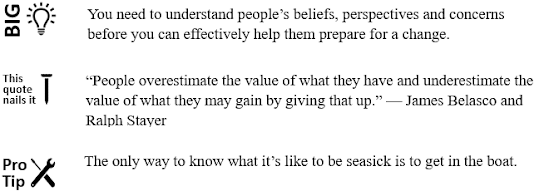This post's podcast episode is available on Sounder, Apple Podcasts, Google Podcasts, Stitcher and Spotify.
DO THIS
Review observed behaviours against ways of working agreements.
BY DOING THIS
– Gain agreement that a reset of behaviours is needed.
– Conduct a “start, stop, continue” exercise.
– Review behaviours (against agreements) weekly as a team to ensure adjustments stick.
Bad behaviours (e.g., verbal attacks, not sharing information or not honouring commitments) derail teams and their performance. It's important to reset how people should work together when bad behaviours occur because they quickly become established and form new norms.
To realign behaviours with the ways of working agreements set by the team, engage members in a productivity review exercise. A “start, stop, continue” activity invites people to weigh current behaviours against those they agreed to use, and the impacts the gaps have had on performance. After gaining commitments to what behaviours to keep, eliminate and begin, hold short weekly check-ins to help keep people on track. All team members must attend the ways of working review session and agree to the reset terms. If not, they won’t change their behaviour, and team morale and productivity will continue to drop.
KNOWLEDGE BITES
"STOP, START, CONTINUE" MEETING AGENDA: What changes to behaviour will make the team successful?
Setup (5 minutes):
"Given our ways of working agreements, which behaviours do we need to start, stop and continue?"
Activity (20 minutes):
Create three areas on a whiteboard, if virtual, or separate flipcharts if in person, titled “Start,” “Stop” and “Continue.” Ask participants to think of the agreed team behaviours and other behaviours they have observed on the project, and have each participant assign them to the designated areas.
Debrief (35 minutes):
– Review each behaviour.
– Agree on the placement of behaviours in one of the three categories.
– Agree to monitor the top three in each category weekly.
SUCCESS TIP
Noting how many “continue” items appear reinforces that some things are working well.
#change #changemanagement #changeleadership #leadership #business #management

























